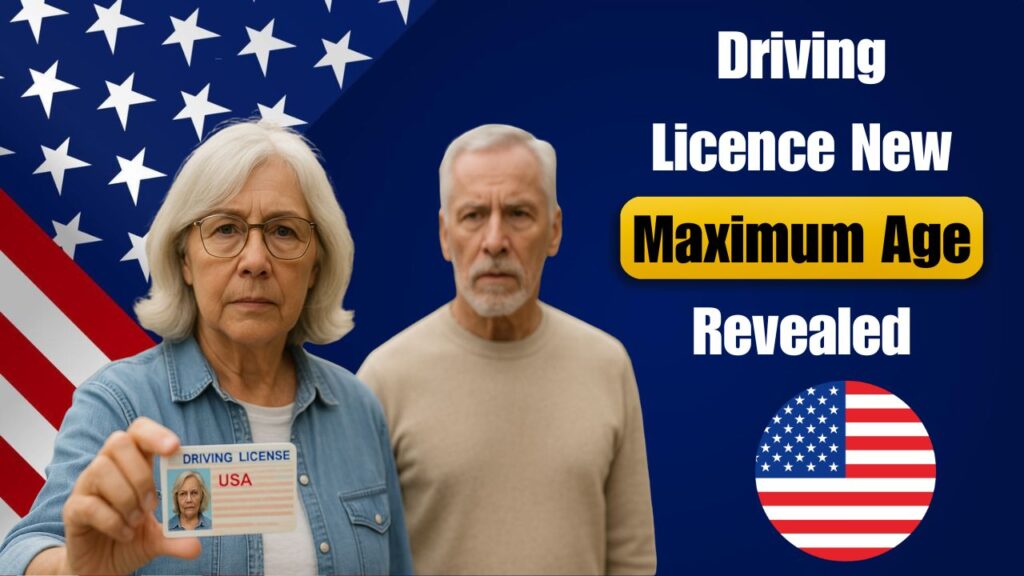Driver’s license rules are quietly changing across many countries, and in India too the old idea of a hard cutoff at 70 or 80 years is being challenged. Rather than simply retiring drivers at a fixed age, recent discussion in traffic regulations circles favours a more nuanced approach that balances road safety with the rights of older citizens. This article explains what that shift means for drivers, families and enforcement authorities, and how a move away from arbitrary age limits could affect renewals and medical checks in everyday practice. (India context)

Why authorities are rethinking fixed age limits
Transport departments and road-safety experts argue that a one-size-fits-all number doesn’t capture real-world ability. Evidence shows that many people remain fit to drive well into later life, while some younger drivers may have impairments that affect safety. Consequently, medical assessment and functional ability are being proposed as better criteria than an age figure alone. In the Indian context, policymakers are exploring options such as periodic health checks, vision screening and targeted restrictions (like daytime-only driving) rather than blanket bans.
How the new policy model would work in practice
Under a capability-based system, drivers would still hold licences but may face renewal checks at specified intervals determined by age bands and risk factors. A typical model includes a combination of an online declaration, an in-person vision test, and a doctor’s certificate for certain age groups. The aim is to keep safe drivers on the road while identifying those who need interventions — for example, driving restrictions (no night driving), adaptive equipment advice, or temporary suspension until conditions improve.
Impact on families, insurers and enforcement
Families may welcome a fairer system that bases decisions on health, not birthday, and insurers could adjust premiums to reflect individual risk profiles rather than age brackets alone. Law enforcement will need clear guidance and training so officers can apply rules consistently, and licence verifications may become more medical-data informed. For older drivers, the key is planning: keeping medical records updated, completing recommended assessments, and discussing transport alternatives early if driving privileges are limited.
| Feature | Fixed-age cutoff | Capability-based approach |
|---|---|---|
| Primary criterion | Calendar age (e.g., 70/80) | Medical fitness & functional tests |
| Renewal frequency | Standard intervals; may force early retirement | Risk-based intervals; tailored checks |
| Flexibility | Low — binary allowed/denied | High — restrictions, adaptations possible |
| Administrative load | Moderate — predictable | Higher initial setup; more targeted over time |
| Fairness | Lower — ignores individual health | Higher — assesses capability not birthdate |
What older drivers should do now
If you’re approaching later life and rely on driving, take proactive steps: get a baseline eye test and general health check, keep a copy of prescriptions and doctor notes, and consider a practice assessment with a driving instructor if you notice slower reactions. Keeping a record of regular exercise and cognitive activity can also demonstrate ongoing functional fitness. Being prepared reduces surprises at renewal time and helps you make timely plans for transport alternatives if restrictions are recommended.
FAQ 1: Will everyone over 70 lose their licence?
No — a capability-based policy aims to assess individuals, not ban by age.
 Major Australians banks face growing demands to repay unfair fee charges - Who could be eligible
Major Australians banks face growing demands to repay unfair fee charges - Who could be eligible
FAQ 2: Do I need a doctor’s note every renewal?
Not always — only if health flags or the renewal rules require a medical certificate.
FAQ 3: Can restrictions like daytime-only driving be applied?
Yes — targeted restrictions are a common tool to keep safe mobility while reducing risk.
FAQ 4: How will insurers react to this change?
Insurers may shift to individual risk pricing based on health and driving records.





